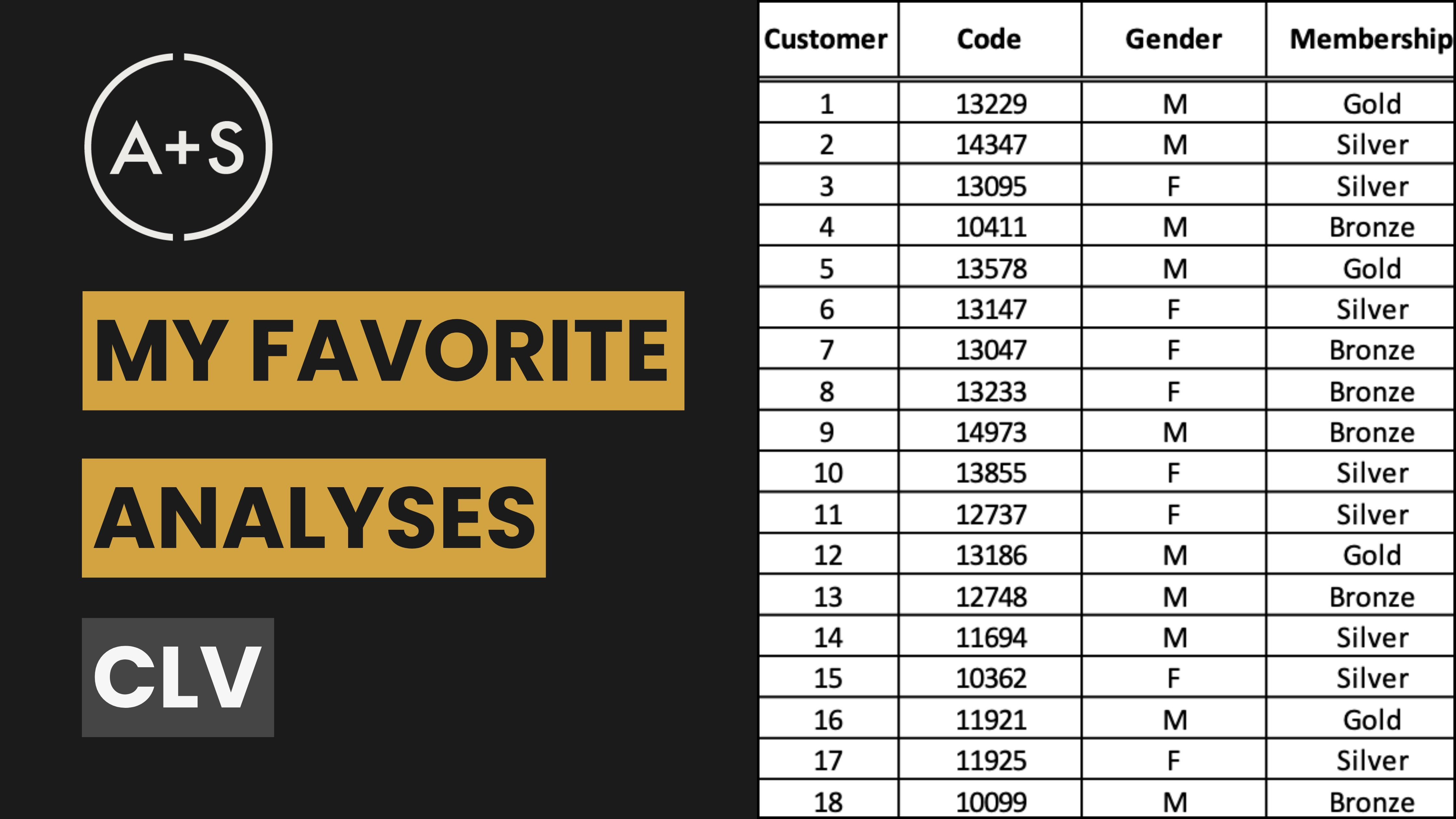While brand identity tells the world who you are, brand architecture explains how all the pieces fit together. It’s the strategic structure companies use to manage brands, scale effectively, and create clarity instead of chaos. This week, we’re diving into why it matters and how to get it right. Done well, it builds strength. Done poorly, it creates confusion both inside and out.
Let’s walk through what brand architecture is, why it matters, and how you can get it right.
What Is Brand Architecture?
At its core, brand architecture is the way a company structures, names, and relates its portfolio of products, services, and sub-brands. It defines how each brand fits into the broader strategy and how they build on one another.
When it works, brand architecture helps you:
- Clarify your offerings for customers
- Create consistency across products and experiences
- Extend strong brands into new categories
- Build synergy across teams and business units
- Reduce marketing costs by leveraging shared brand equity
Think of brand architecture as the blueprint that supports every brand decision you make. It’s not just logos or naming conventions — it’s a long-term brand strategy.
Two Core Models: Branded House vs. House of Brands
Most brand portfolios sit somewhere along a spectrum between two classic models:
1. Branded House
One dominant brand spans across most offerings. Think: BMW, Apple, or FedEx. Every product strengthens the master brand and the master brand strengthens each product.
Benefits:
- Fast trust-building with customers
- Marketing efficiency of scale
- Strong brand cohesion
Risks:
- A misstep in one product can affect the whole brand
2. House of Brands
A collection of stand-alone brands that operate independently. Think: Procter & Gamble’s set of brands that include Tide, Pampers, Gillette, etc.
Benefits:
- Flexibility to target different segments
- Insulation if one brand falters
Risks:
- Higher marketing and operational complexity
- Less equity transfer across brands
Most companies don’t live strictly at one end of the branded house vs. house of brands spectrum. Instead, they blend strategies by using endorsed brands or sub-brands to find the right balance for their growth.
Endorsed brands carry their own distinct identity but visibly link back to the parent brand for added credibility. Think: Courtyard by Marriott or Kraft’s Velveeta. The endorsement signals quality and trust without overshadowing the sub-brand’s unique positioning.
Sub-brands go a step further by standing on their own while drawing strength from the master brand’s equity. Examples like Nike Air or Apple Watch show how a parent brand can extend into new categories or audiences without starting from scratch.
Building Smart Brand Hierarchies
Brand architecture concerns itself less with how many brands you have, and more with how those brands are layered and related.
A typical hierarchy might look like this:
- Corporate Brand (e.g., Dell)
- Family Brand (e.g., Dell Latitude)
- Product Brand (e.g., Dell Latitude E7450)
But simply having layers isn’t enough. How do you make sure the structure actually works? Smart hierarchies are built upon key principles:
- Simplicity: Fewer levels, fewer headaches
- Clarity: Relationships between brands are easy to understand
- Relevance: Shared associations feel natural
- Differentiation: Each sub-brand has a clear role
- Growth: The structure supports innovation and expansion
- Prominence: Equity is emphasized where it matters most
- Synergy: Brands build each other up
- Commonality: Related products are linked in meaningful ways
Balancing these principles is key to building a hierarchy that works for you, not against you. It ensures clarity, strengthens brand connections, and ultimately supports sustainable growth. If brand identity is your story, the hierarchy is how you organize the chapters to make sure each one supports the next, without confusing your audience or diluting your message.
Case Studies: How Great Brands Navigate Architecture
To see how different approaches work in practice, let’s look at how leading companies have built and evolved their brand architecture over time:
Procter & Gamble (House of Brands): A textbook example of a House of Brands. P&G operates a vast portfolio of individual brands (Tide, Pampers, Gillette, Crest, Pantene, etc.), each dominating its specific category. The parent company name is largely invisible to consumers, allowing each brand maximum flexibility to target distinct audiences and needs without impacting sister brands. This strategy insulates brands from each other and allows P&G to compete in multiple segments simultaneously.
Google (Hybrid Model): Started as a classic Branded House (Google Search) but evolved into a Hybrid Model as it expanded. Today, some services carry strong Google branding (Maps, Workspace), while others acquired or developed (like YouTube or Waymo, under the Alphabet parent company) maintain more distinct identities, leveraging Google’s resources without being strictly confined by its core brand. This shows architecture adapting to diversification and scale.
Apple (Branded House): A masterclass in Branded House strategy. iPhone, iPad, Mac, Watch are each distinct yet inextricably linked under the powerful Apple master brand, ensuring consistency, reinforcing core values, and creating a strong ecosystem effect.
The key takeaway? Effective brand architecture isn’t static. Leading companies often evolve their approach — whether adding distinct brands, integrating acquisitions, or reinforcing their core — to align with strategic growth, always aiming for clarity and leverage.
Final Thought
If brand identity is about what you stand for, brand architecture is about how you scale that meaning across products, teams, and markets.
It’s not just a design decision — it’s a business strategy.
So before you launch a new product, create a sub-brand, or reorganize your portfolio, pause and ask:
- Are we building brand equity or diluting it?
- Are we making it easier for customers to understand who we are?
- Does every brand in our portfolio have a clear, strategic purpose?
Smart architecture brings order to growth.
It protects what’s valuable.
And it creates the space to build something even bigger.




